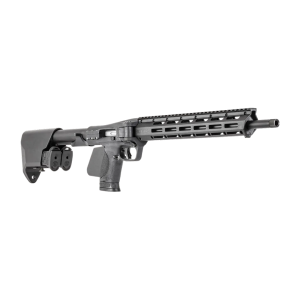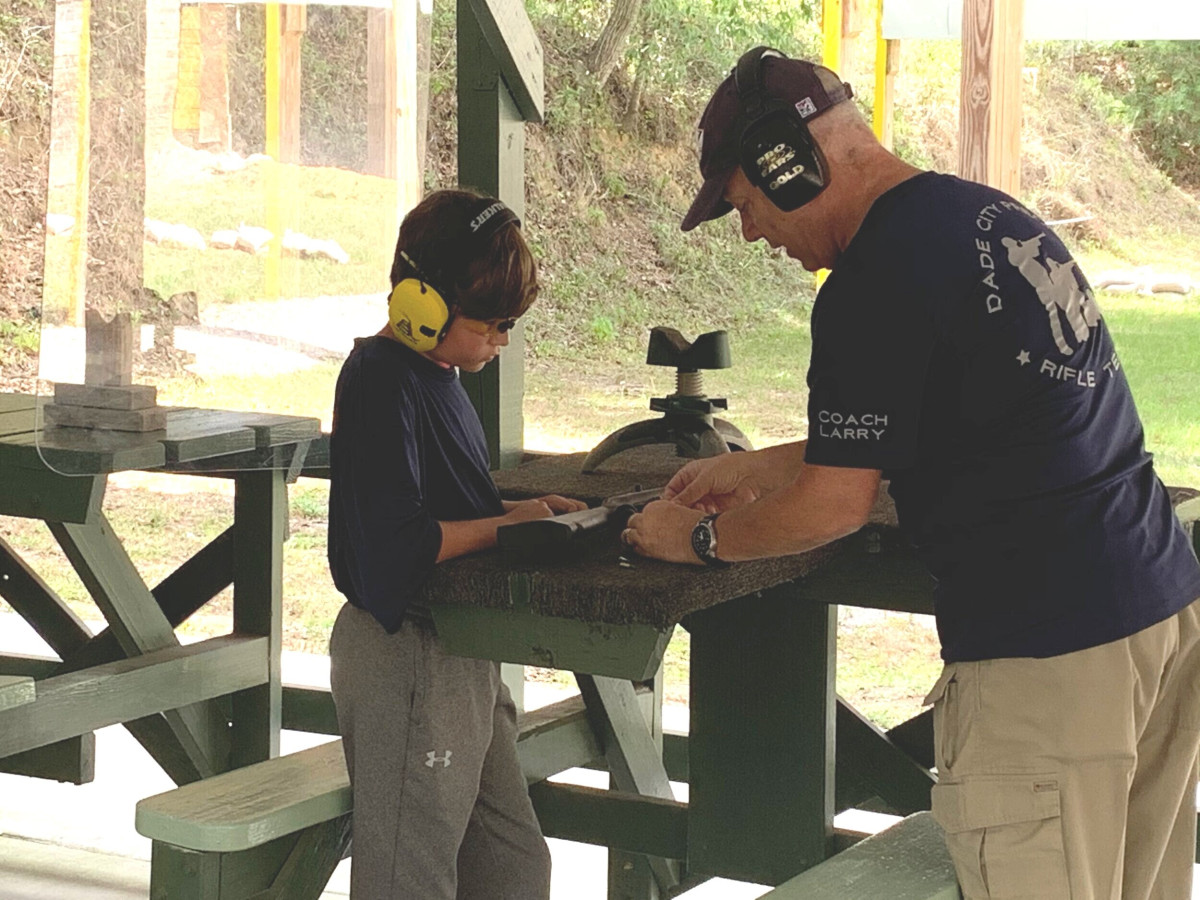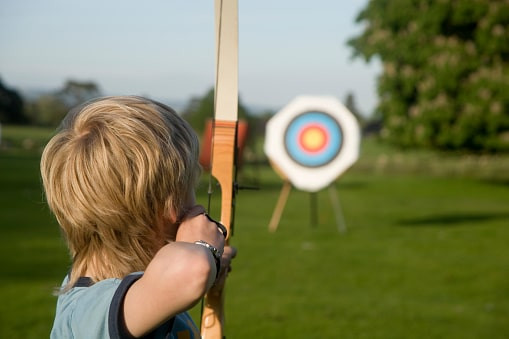When and How to Start?
Depending on the child’s curiosity and capacity, training can begin as early as age 5 or 6. At this stage, it’s not about live fire or technical complexity—it’s about building basic safety habits:
• Holding a (toy) weapon properly
• Keeping their finger off the trigger
• Always pointing in a safe direction
• Respecting where and how a weapon is stored
Just as we don't expect a child to master a musical instrument the first time they pick it up, we should not expect them to become sharpshooters overnight. The goal is to nurture a healthy, respectful interest in firearms—as both engineering marvels and tools with historical and cultural significance.
A Glimpse Into Our Past. Let us recall the 17th-century observations of Arkangelo Lambert, who described Mingrelian (Western Georgian) boys with admiration:“The children carry weapons, shields, and bows as if born to the battlefield. They prepare for campaigns with diligence, keeping every item in perfect readiness. Even in rest, they place their weapons—bow, arrows, shield, sword, and armor—by the table, ready to rise at the prince’s call. Even in the harshest winters, boys go barefoot through the snow, hunting in the cold, sometimes diving into icy rivers. They do this to toughen themselves—to become tskvits and mards—men of grit, fit for the rigors of war.” This legacy isn’t one of recklessness or brutality—it’s one of resilience, preparedness, and deep national pride.
One of the greatest obstacles to legal civilian arms ownership in Georgia has been the enduring influence of Russia—a country deeply invested in preventing organized resistance in its neighboring territories. After occupation, under the guise of "protection," Russia banned traditional boxing in Georgia—an activity that once featured at nearly every public celebration and served as a pillar of communal strength and readiness. Weapon ownership, training, and discipline are not threats to peace—they are expressions of sovereignty, responsibility, and freedom.
Looking Ahead we remain hopeful and committed to the idea that Georgia will one day soon develop and implement age-appropriate educational programs in schools—initiatives designed to teach not just the mechanics of firearms, but the values of discipline, safety, and national heritage that go with them. Let us pass on the torch of responsibility, not fear.


